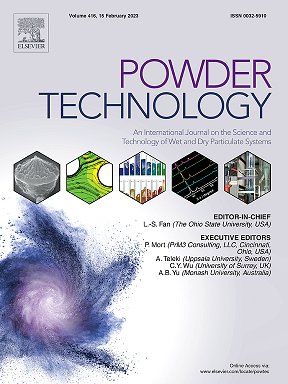TiO2 powders were obtained by calcination of base hydrolysis products of titanium(IV) isopropoxide, Ti(OPri)4 at 400°C for 3 h. The hydrolysis was carried out at room temperature in two different solvents, namely isopropanol and n-heptane, and in the presence of low and high ammonia contents. X-ray powder diffractometry showed the resulting TiO2 powders to consist of anatase crystallites, irrespective of the hydrolysis conditions applied. In contrast, N2 adsorption isotherms (determined at liquid nitrogen temperature) probed notably different surface textures for the test powders, depending on the amount of base added and the solvent used. These results were confirmed by transmission electron microscopy, and attributed to the solvent-permitted ammonia interactions with the titania precursors formed during the course of the alkoxide hydrolysis. Accordingly, preparative conditions can be resolved for producing titania powders of higher specific surface area (67–73 m2/g) than the commercial titanias described by manufacturers as being high surface area powders (∼ 50 m2/g).


